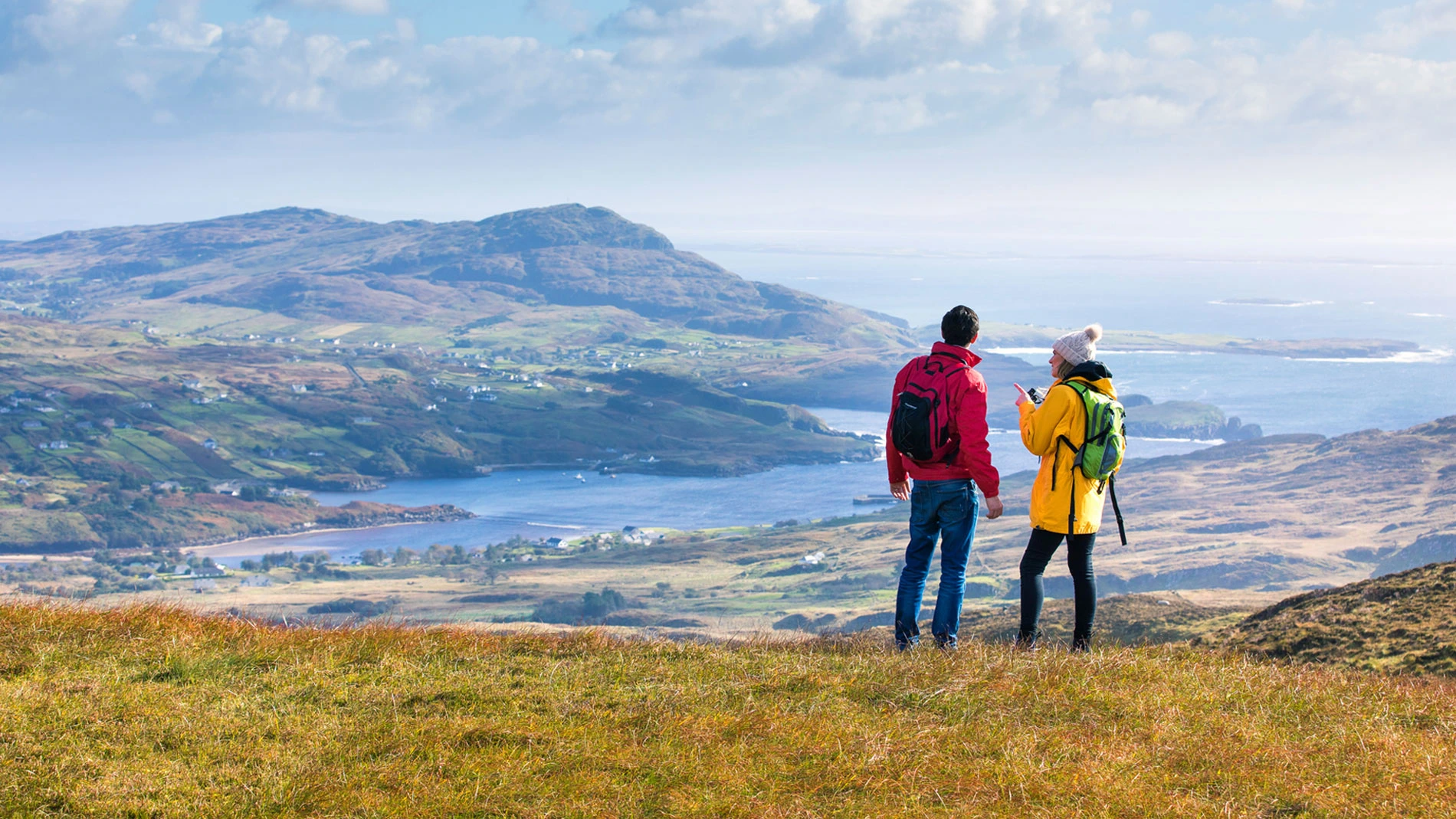
What is the Best Time of Year to Visit Ireland?
Sure you’ve heard tales of Ireland, with its rolling hills and friendly locals ready with a warm “céad míle fáilte.” But what’s the best time of the year to visit Ireland? Well now, that depends on what you’re after.
The weather in Ireland changes very quickly but it offers something different each season. Summer brings grand long days perfect for exploring ancient ruins and coastal drives, while autumn paints the countryside in golden hues with fewer tourists about. Winter has its own charm with cozy pubs and festive markets, not to mention the craic around St. Stephen’s Day. And spring? That’s when the countryside truly earns its emerald nickname.
The truth is, there’s no wrong time to travel to Ireland. Each season reveals a different side of Irish culture and landscape. It’s all about what experience you’re hoping to have when you visit the Emerald Isle.
In this guide, we’ll explain in detail what is the best time to travel to Ireland if you are planning a trip. So, let’s begin!
Best Time to Travel to Ireland (By Month)
January
January in Ireland offers a quieter, more budget-friendly experience. With average temperatures hovering around 7°C/45°F, you can expect cold and often wet conditions.
Moreover, Ireland’s popular attractions are refreshingly uncrowded during January, allowing for a more intimate experience at sites like the Cliffs of Moher or Killarney National Park.

While daylight is limited (sunrise around 8:30 AM and sunset by 4:40 PM), the cozy atmosphere of Irish pubs with roaring fires provides perfect shelter from winter weather.
Another benefit of traveling to Ireland in January is significantly reduced prices on flights and accommodation, making it ideal for budget-conscious travelers to plan their visit in January.
February
February continues Ireland’s winter season with temperatures averaging 8°C/46°F and often there is snow, flooding, or stormy conditions.
Despite these challenges, February offers exceptional value with off-season pricing and fewer tourists at major attractions.
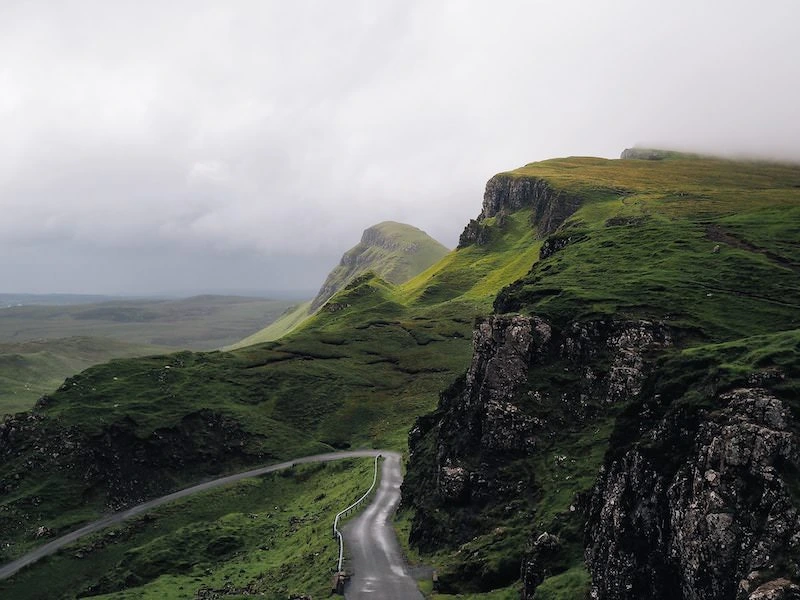
The Irish landscape takes on a stark, dramatic beauty during this month, particularly along the wild Atlantic coastline.
Dublin’s cultural venues and museums provide excellent indoor options during inclement weather.
By month’s end, the first hints of spring begin to appear with early flowers, and daylight noticeably extends with the sun setting closer to 6 PM.
March
March marks Ireland’s transition to spring and brings the world-famous St. Patrick’s Day celebrations on the 17th. Average temperatures climb to 10°C/50°F, and the whole country’s landscape begins to green dramatically.
In addition, the month of March offers a cultural immersion like no other, with cities and towns across the country hosting parades, music sessions, and festivities.

The influx of visitors for St. Patrick’s Day means accommodation prices spike mid-month, but earlier or later weeks provide better value.
March also brings longer days and the first real sense of winter’s end, making it popular despite unpredictable weather that can range from snow to scorching hot.
April
The month of April in Ireland sees spring firmly establishing itself with average highs of 13°C/55°F. The countryside erupts in vibrant greens and spring flowers, creating mesmerizing landscapes.
Easter celebrations bring a special atmosphere to the island, though this period also sees accommodation prices rise due to school holidays.
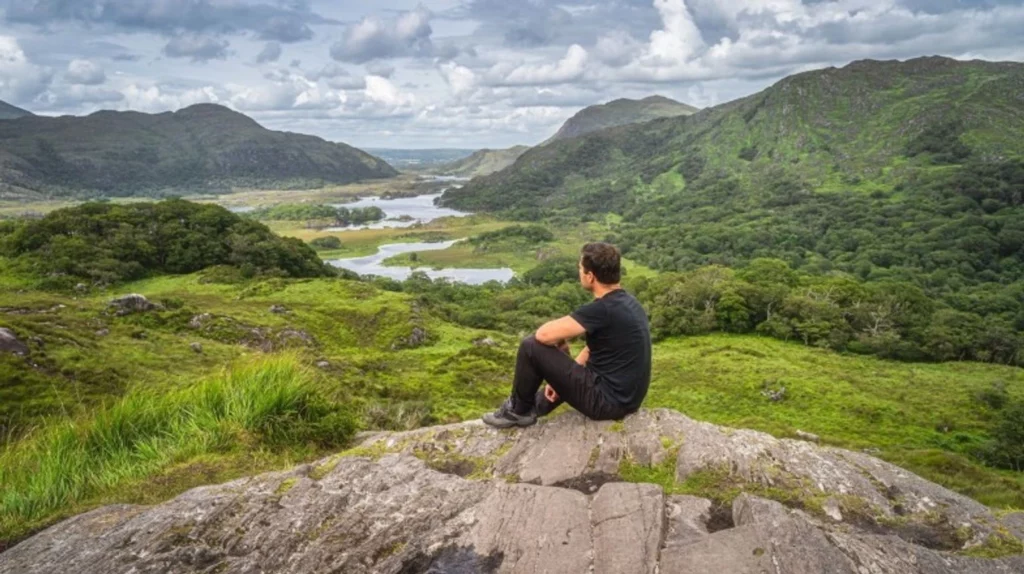
April’s significantly longer days give travelers more time to explore outdoor attractions like the Ring of Kerry or the Giant’s Causeway.
While rainfall remains a possibility, many days offer crisp, clear conditions perfect for photography. The shoulder season timing means tourist numbers remain manageable at most sites.
May
May is widely considered one of the best months to visit Ireland. With temperatures between 9-13°C/48-55°F and long, often sunny days, the Irish countryside reaches peak beauty.
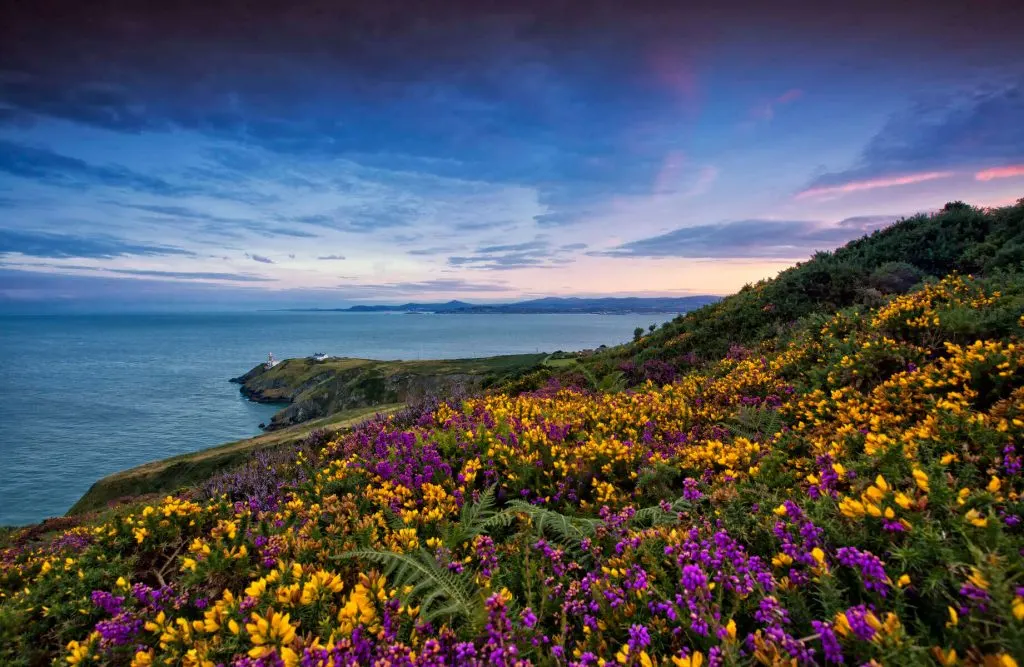
Wildflowers bloom across the country, and farming activity brings a pastoral charm to rural areas. Daylight extends dramatically (sunrise around 5:20 AM and sunset after 9:20 PM), giving visitors ample time for exploration.
The festival season begins to ramp up with events celebrating everything from traditional music to local food.
In addition, the month of May offers an excellent balance of good weather and reasonable prices before the summer high season begins, though popular tourist areas start to see increasing visitor numbers.
Also Read: Best Cities to Visit in Ireland According to Tourists
June
June brings the official start of summer to Ireland with warm temperatures averaging 18°C/64°F and often dry weather.
The exceptional daylight hours (with sunset after 10 PM near summer solstice) provide maximum time for exploring Ireland’s scenic routes and historic sites.
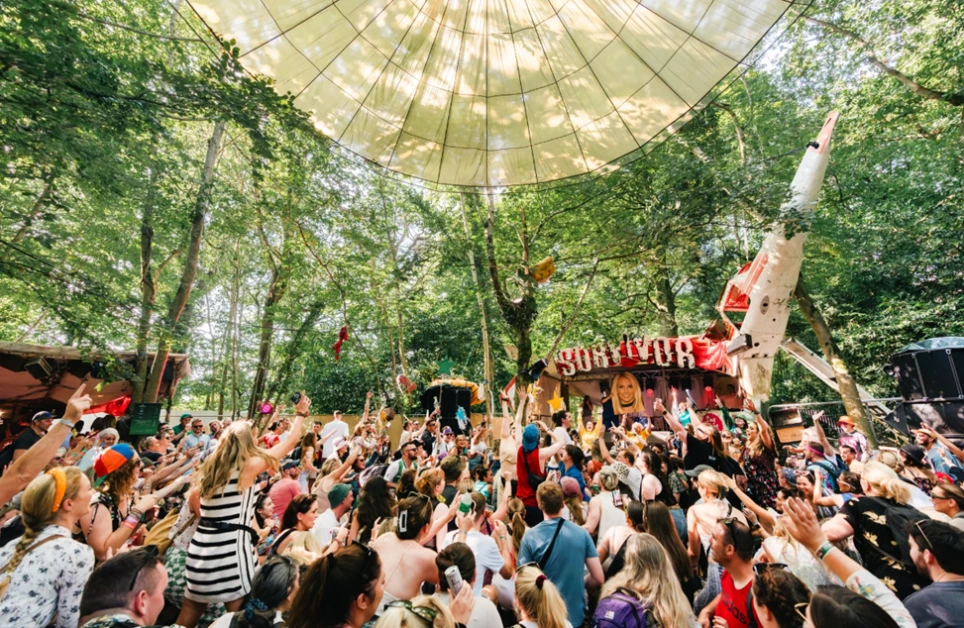
The summer festival season kicks into high gear with music, arts, and cultural events throughout the country.
Gardens and parks display stunning colors, while coastal areas become increasingly popular for swimming and water activities.
While June marks the beginning of peak tourism season with higher prices and increased crowds, the excellent weather conditions and vibrant atmosphere generally justify the premium.
July
July represents high summer in Ireland and typically offers the best weather of the year with highs around 19°C/66°F.
The island experiences its annual peak of tourism activity, with visitors from around the world enjoying the long, relatively warm days.
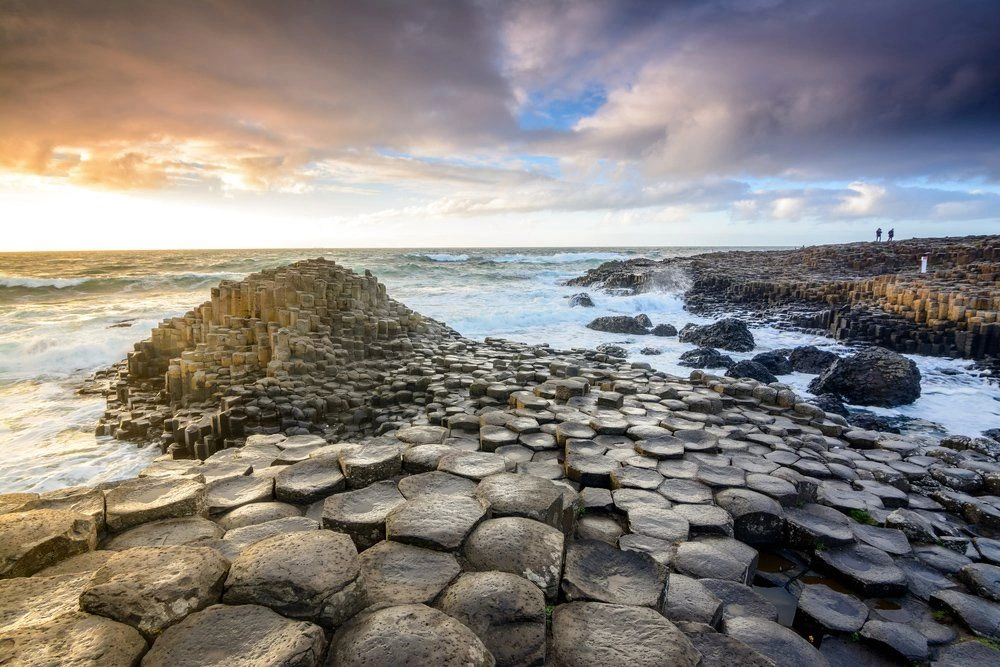
Traditional music spills from pubs onto the streets in tourist towns, and outdoor festivals occur almost every weekend somewhere on the island.
The Irish countryside blazes with green intensity, and coastal areas shine with surprisingly blue waters on sunny days.
While accommodation costs reach their yearly peak and popular attractions become crowded, July’s reliable weather makes it worth considering despite these factors.
August
August continues Ireland’s summer season with pleasant temperatures around 18°C/64°F and a lively atmosphere throughout the country.
Family travel reaches its zenith as school holidays continue, making popular destinations like Dublin, Galway, and the Dingle Peninsula busier than any other time of year.
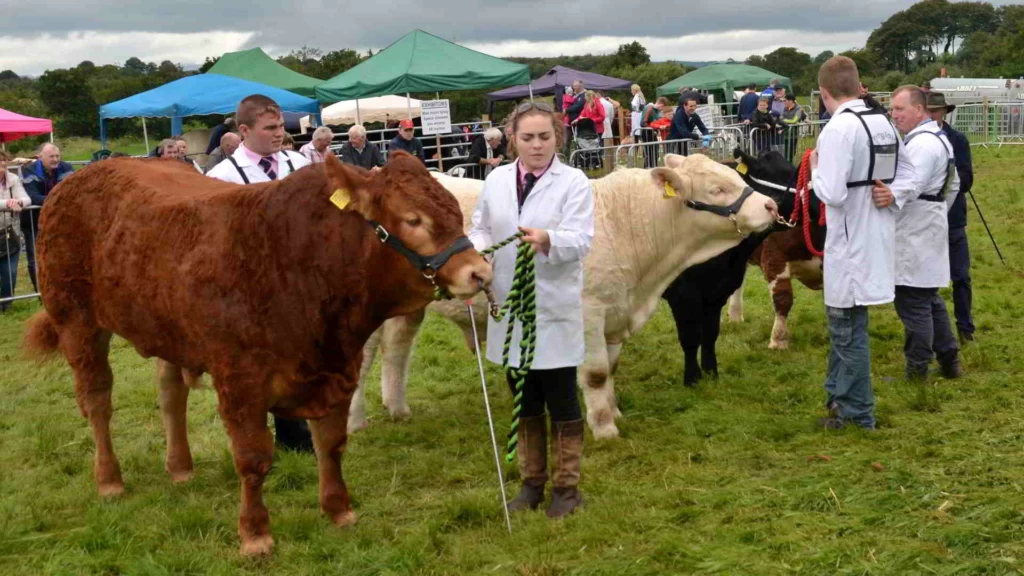
Agricultural shows and harvest festivals begin to start in rural areas, offering insights into traditional Irish country life.
While August maintains high-season pricing and crowds, the reliable weather and vibrant cultural scene provide ample compensation.
The slight shortening of days compared to July (though still with daylight until after 9 PM) typically goes unnoticed by visitors enjoying Ireland’s summer charm.
September
September brings Ireland’s second shoulder season with temperatures between 13-16°C/55-61°F and often spectacular weather conditions.
As children return to school, tourist numbers decrease noticeably at major attractions, creating a more relaxed atmosphere.
The Irish landscape takes on early autumn hues while still maintaining much of its summer greenery.
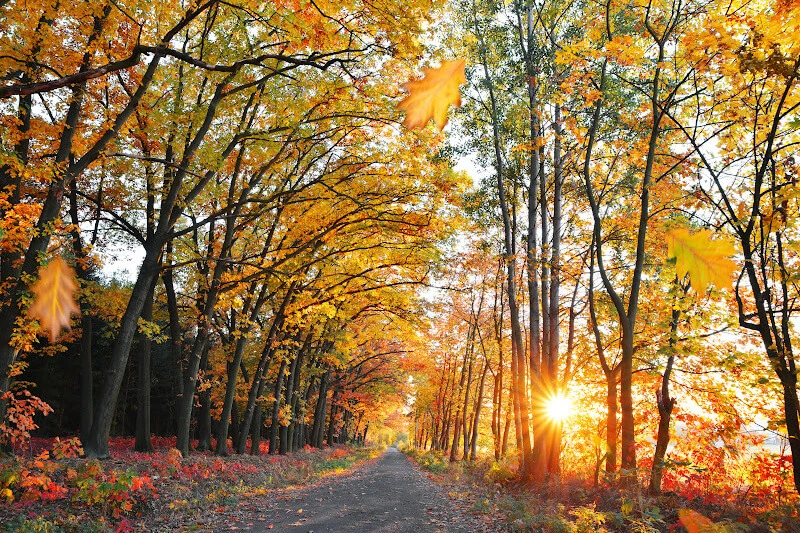
Accommodation prices begin to drop from peak rates, offering better value for travelers. The ocean waters around Ireland reach their warmest temperatures in September after a full hot summer season.
Cultural events continue throughout the month, including food festivals celebrating the harvest season, making September a sophisticated traveler’s favorite time to visit.
October
October transforms Ireland with autumn colors as temperatures cool to around 13°C/55°F.
The countryside adopts gold and amber hues as trees change, creating spectacular scenic drives particularly in areas like Killarney National Park and the Wicklow Mountains.
Days grow noticeably shorter but still offer sufficient daylight for exploration.
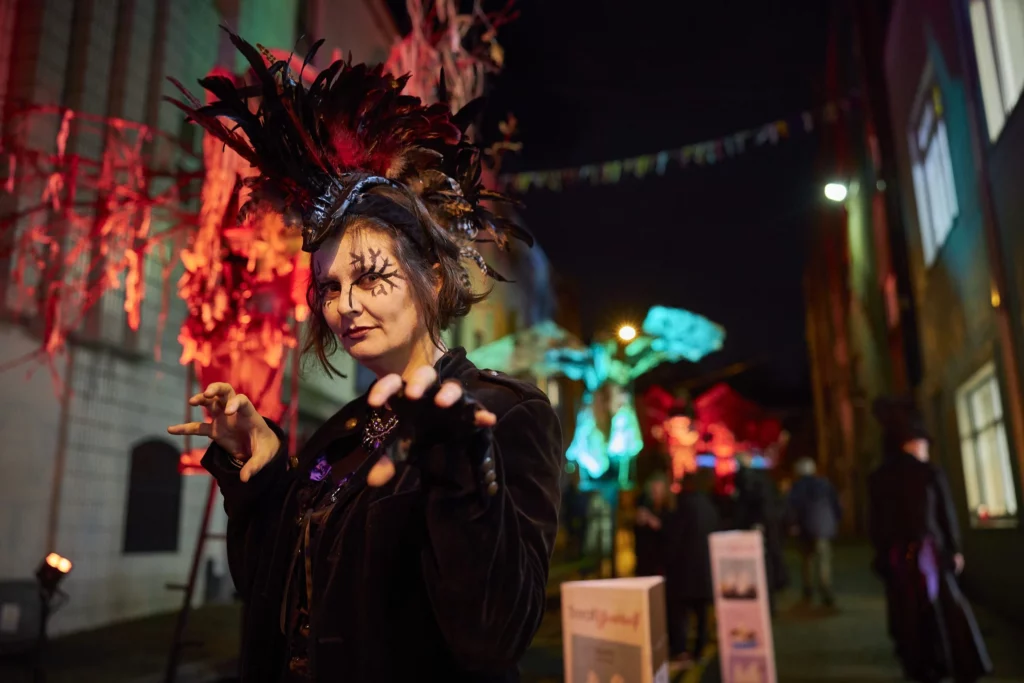
Halloween (Samhain) originated in Ireland, and October culminates with authentic celebrations of this ancient Celtic festival, particularly in places like Derry/Londonderry.
While some rainfall is likely, October often provides crisp, clear days perfect for photography. Prices remain reasonable except during the week-long school break around Halloween when domestic tourism increases.
November
November brings early winter to Ireland with temperatures declining to around 9°C/48°F and increasingly short days.
The atmosphere shifts dramatically as tourist numbers drop sharply and the island returns to a calmer rhythm.
Christmas markets begin to appear mid-month in major cities, bringing festive lights and seasonal cheer.

November offers excellent value for accommodation and activities, with significant discounts available.
This is an ideal time for visitors interested in literary or historical pursuits, with quieter museums and heritage sites allowing for deeper engagement.
Weather conditions become more challenging with increased potential for rain and wind, but visitors often find the cozy pub culture and hearty Irish food perfectly suited to such conditions.
December
December brings festive charm to Ireland with Christmas decorations transforming towns and villages across the country.
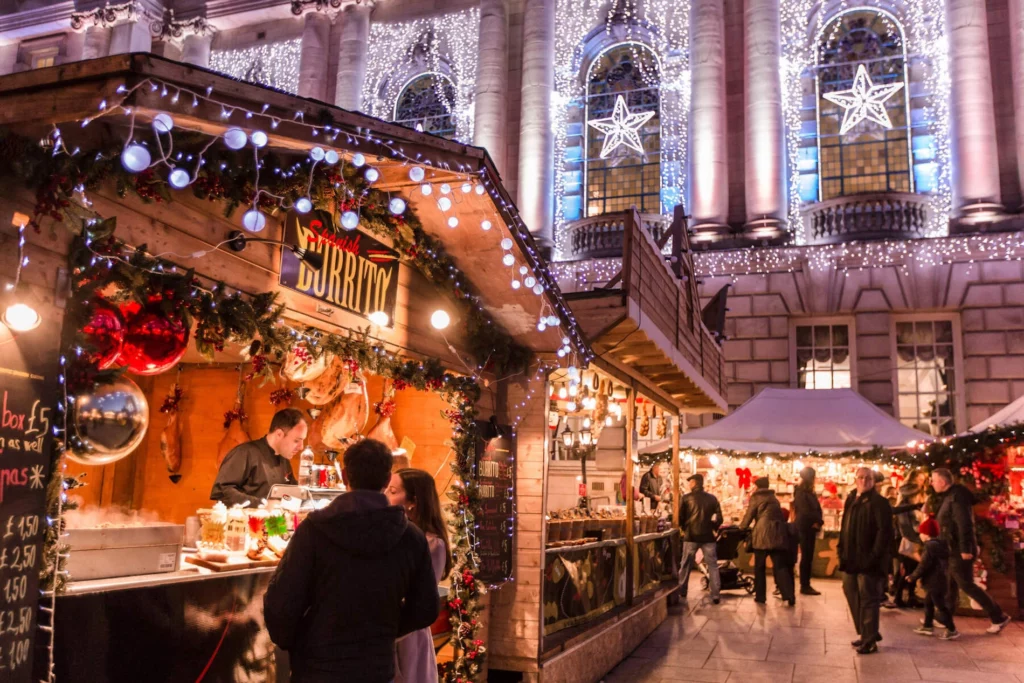
Average temperatures hover around 5°C/41°F, creating a true winter atmosphere. Dublin, Galway, and Cork host wonderful Christmas markets that have the essence of both Irish traditions and continental European influences.
Despite very short days (with darkness falling before 4:30 PM), the warm holiday atmosphere and twinkling lights create a magical environment.
Traditional music sessions in pubs become especially poignant during this month. While flight prices may increase for the Christmas period itself, early December offers good value and a uniquely atmospheric experience of Ireland.
Visitors in December often discover a deeply authentic side of Irish culture and hospitality during this reflective time of year.
Frequently Asked Questions (FAQs)
What are the best months to travel to Ireland?
May, June, and September are the best months to travel to Ireland. You’ll enjoy warm weather while avoiding the summer tourist crowds.
What is the cheapest month to go to Ireland?
April, May, September, and October tend to be cheaper months for traveling to Ireland. Both accommodations and flights are generally cheaper during these months and the weather is also good.
What is the rainiest month in Ireland?
December and January are the rainiest months throughout Ireland.
What is the best month to walk in Ireland?
April, May, September, and October are the best months for walking and hiking with mild temperatures and less crowded trails.



